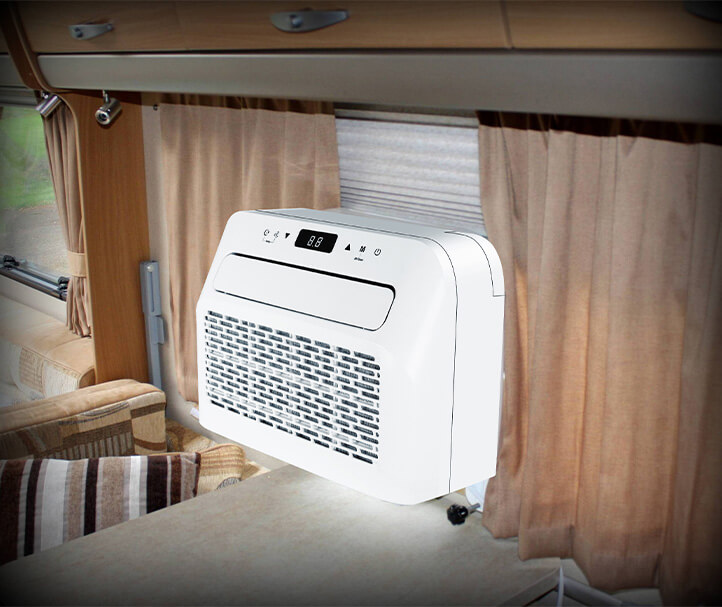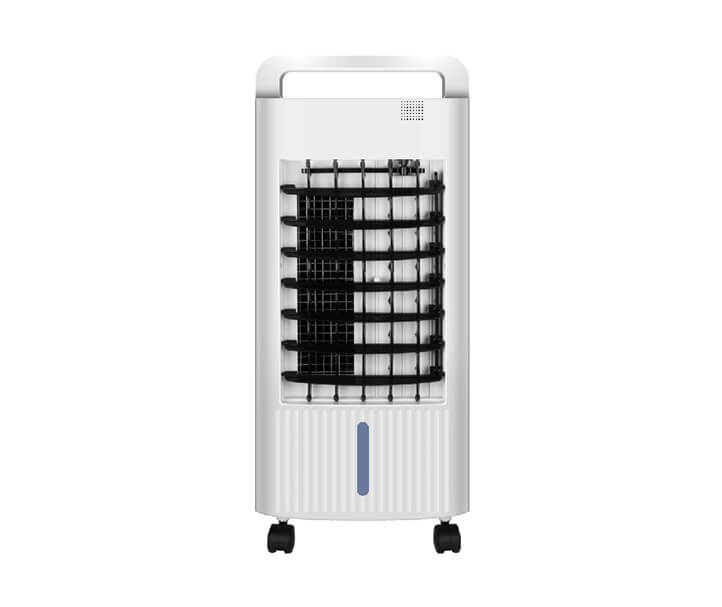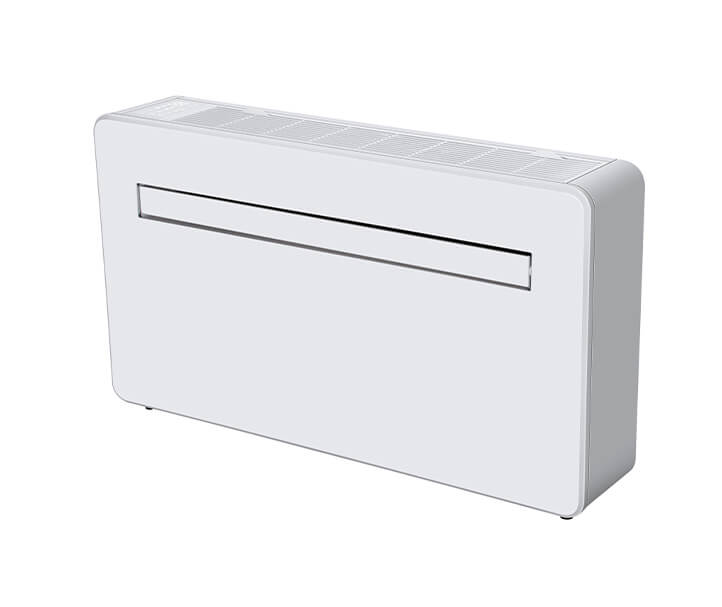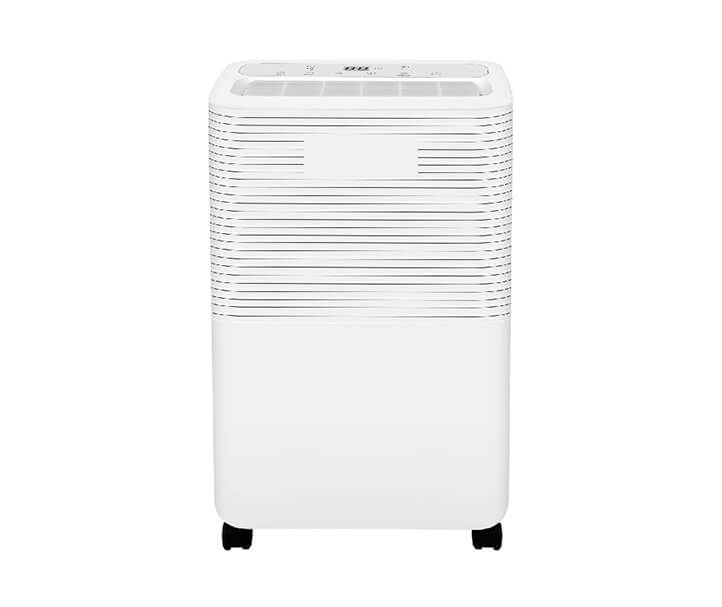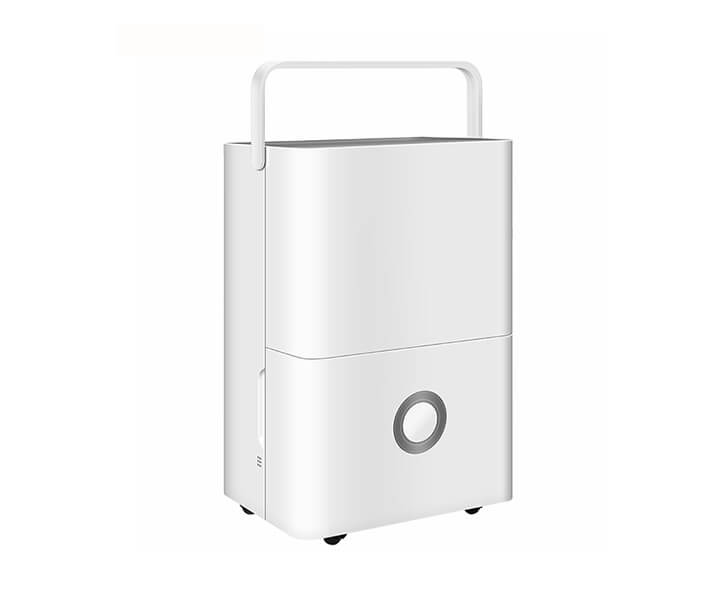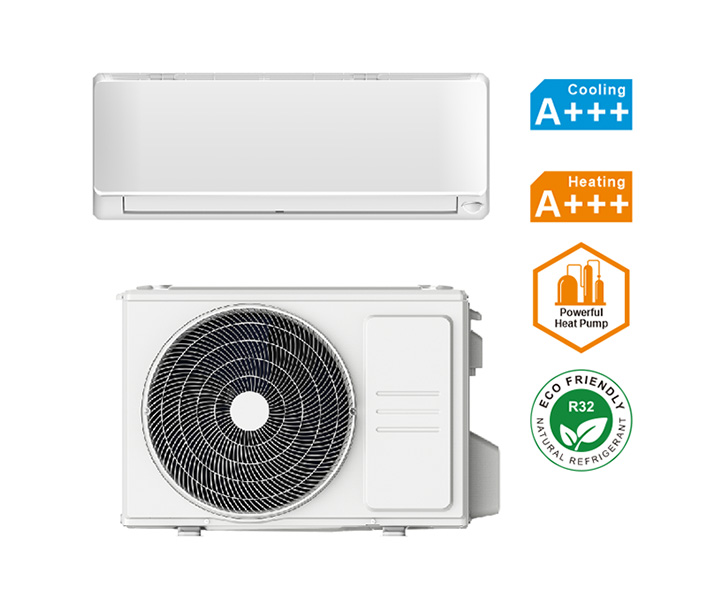
How energy-efficient are portable air conditioners?
2024-03-20 03:57:27
Understanding the Efficiency of Portable Air Conditioners
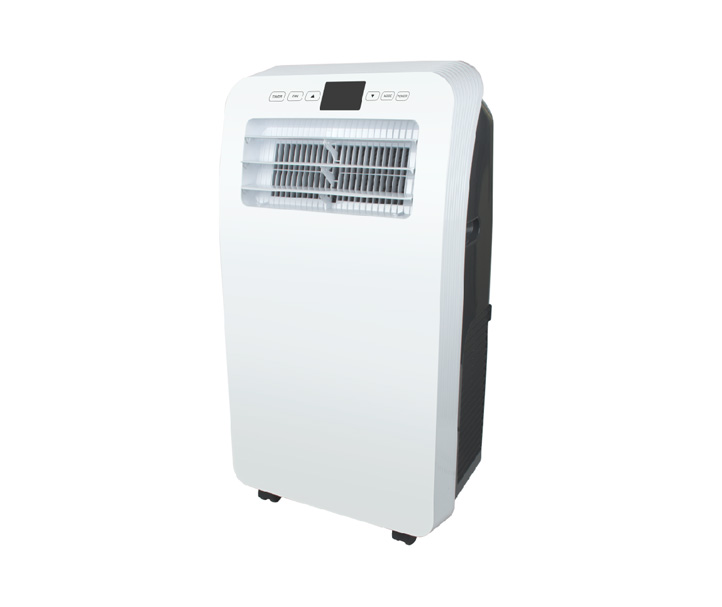
How energy-efficient are portable air conditioners? As we strive to find effective cooling solutions for our homes and offices, it is crucial to understand the energy efficiency of portable air conditioners. In this article, we will delve into the various aspects of portable air conditioners in terms of their energy consumption, environmental impact, and overall efficiency.
1. Energy Consumption of Portable Air Conditioners
Portable air conditioners, just like any other cooling system, require energy to function. They consume electricity to power their compressors, fans, and other internal components. However, the energy consumption of portable air conditioners can vary significantly based on several factors:
- Cooling capacity: Portable air conditioners with higher cooling capacities generally consume more energy, as they need to create a larger temperature difference to cool the room effectively.
- Thermostat settings: The temperature set on the thermostat affects energy consumption. Lowering the thermostat setting increases energy usage, while higher settings reduce energy consumption.
- Insulation and room size: Well-insulated rooms with smaller square footage require less energy to cool compared to larger, poorly insulated spaces.
- Energy-saving features: Some portable air conditioners come equipped with energy-saving modes, sleep modes, or timers to optimize energy consumption.
Therefore, it is crucial to consider these factors when selecting a portable air conditioner to ensure optimal energy efficiency.
2. EER (Energy Efficiency Ratio)
The Energy Efficiency Ratio (EER) is a measurement of a portable air conditioner's energy efficiency. It represents the cooling capacity (BTU) divided by the power input (Watts) required to achieve that cooling capacity. A higher EER indicates a more energy-efficient unit. Look for portable air conditioners with higher EER ratings to save on energy consumption and reduce utility bills.
3. Environmental Impact
While portable air conditioners provide convenient cooling solutions, their energy consumption contributes to carbon emissions and environmental impact. The higher the energy consumption, the greater the carbon footprint. However, some manufacturers are taking initiatives to develop eco-friendly portable air conditioners by incorporating refrigerants with lower global warming potentials and energy-saving technologies.
4. Tips for Increasing Energy Efficiency
To maximize the energy efficiency of portable air conditioners, consider the following tips:
- Properly insulate the room to reduce heat transfer.
- Ensure a proper-sized unit for the room to avoid excessive energy consumption.
- Seal any air leaks to prevent cool air from escaping and warm air from entering.
- Use energy-saving modes and timers to regulate cooling as per requirements.
- Clean or replace air filters regularly to maintain optimal airflow.
5. Conclusion
Portable air conditioners provide a convenient cooling solution, but their energy efficiency varies. By considering factors such as energy consumption, EER ratings, and environmental impact, individuals can select the most efficient portable air conditioner. Additionally, implementing energy-saving practices can further enhance efficiency and reduce overall energy consumption, allowing for optimal cooling comfort with minimal environmental impact.
Get the latest price? We'll respond as soon as possible(within 12 hours)



